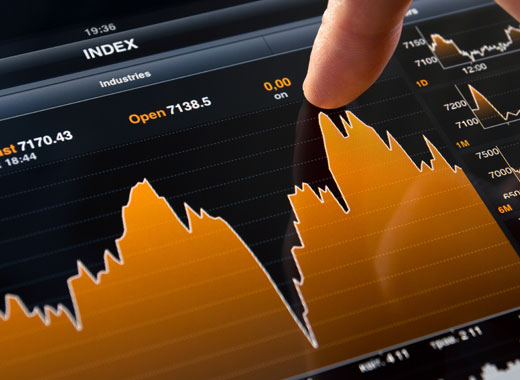IPS – In Plane Switching
In-Plane Switching (IPS) is a display technology that overcomes the viewing limitations of conventional TFT-LCDs. It is also known as Super TFT.
IPS derives its name from the fact that the liquid-crystal molecules are aligned in parallel with the glass plates, whereas the TN principle adopted in conventional TFT displays is based on perpendicular alignment of the molecules.
In an IPS display, the crystals remain oriented in parallel whether the pixel is turned on or off. Electrodes are placed on the same sheet of glass, instead of on opposing sides, so that when the signal is applied, the crystals rotate horizontally in the same plane.
IPS TFT displays deliver several improvements to the end-user experience. Because the pixels block light when in the off state (the opposite situation to conventional TFT), IPS TFT exhibits high contrast and the background is true black when the display is powered down.
In addition, in the event that a transistor fails, the associated pixel becomes dark. This is less disturbing than bright-pixel defects in a conventional TFT.
Colour reproduction is also more accurate, contrast and colour are more consistent over a wider viewing angle, and optimum visibility is achieved throughout wide-ranging conditions and environments, including daylight.
Benefits of using an IPS-TFT display:
- Because the pixels block light when in the off state (the opposite situation to conventional TFT), IPS TFT exhibits high contrast and the background is true black when the display is powered down.
- Better readability in sunlight
- This is less disturbing than bright-pixel defects in a conventional TFT.
- Colour reproduction is also more accurate,
- Contrast and colour are more consistent over a wider viewing angle
- Optimum visibility is achieved throughout wide-ranging conditions and environments, including daylight.
Negatives of using an IPS-TFT display:
- Size ranges at resent are fairly limited for IPS displays (although this is changing on what seems a constant basis)
- Response times are lower
- Power consumption is higher
- IPS-TFT displays come at a higher cost than standard TFTs due to more complex production.
IPS displays have superior viewing angles

IPS Display
Superior contrast and viewing angles make this display technology the preferred choice for outdoor applications.